Yesterday 03/19/2019, Phase One released a new firmware for the IQ4, their top end Digital back. This is the 2nd official firmware on the back and the first firmware to offer something new (and it brought back a few older IQ3 features see this post).
However there is still a small issue with IQ4 playback, auto rotation. Auto rotation, is a feature that Phase One along with all other camera manufacturers usually include for playback of a portrait orientation image. When you take an image in portrait mode, (with the camera vertical), the image will playback in the same vertical orientation.
- Phase One Landscape image playback
- Phase One Portrait Image playback
The image on the left shows a IQ4 image taken with a XF and 55mm LS Phase One Lens. The image is displayed correctly, as the the image was captured in landscape orientation and playback keeps it there. However the image on the right is showing a portrait orientation image and how it’s played back. The image should be vertical however the back is playing it back in landscape mode.
What is interesting is as long as the IQ4 stays in the portrait orientation, the image during playback is displayed correctly. But once you rotate the back to the horizontal (landscape) orientation, from that point on, all portrait orientation images will be displayed in the horizontal orientation. So when you shoot with the IQ4 in portrait mode, make sure you check your images before rotating the camera from that position. Attempting to check a vertical image displayed horizontally is very difficult.
For my work, this is problematic since I take 65% to 75% of my work in portrait mode since I want to blend the multiple portrait images into a panorama. For now you have to remember to preview your work while the camera is still in the portrait orientation.
Another interesting observation is that when you load the files into a Capture One 12 session, all the vertical images will start out in the horizontal orientation, but as Capture One creates the previews the images will rotate back to the correct vertical orientation.
Hopefully Phase One will resolve this soon but it looks like it will have to come with another firmware update.
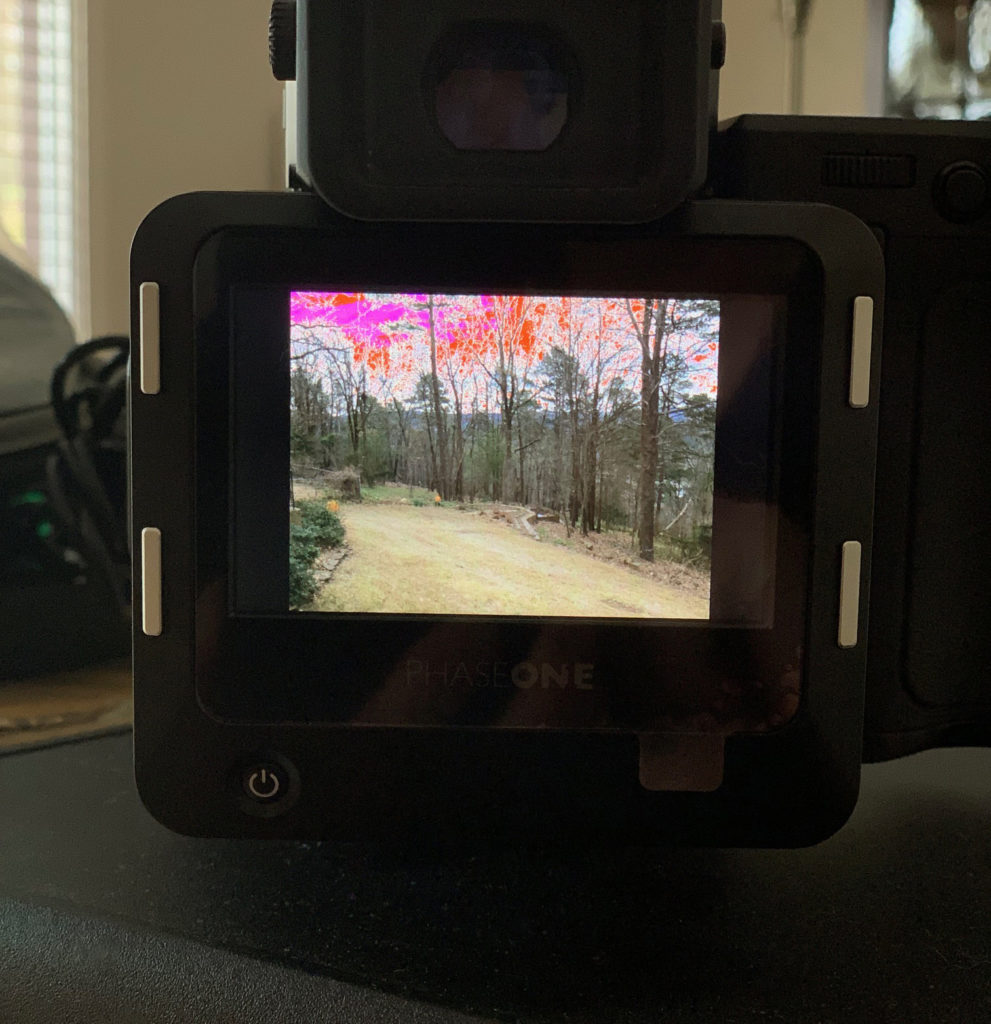
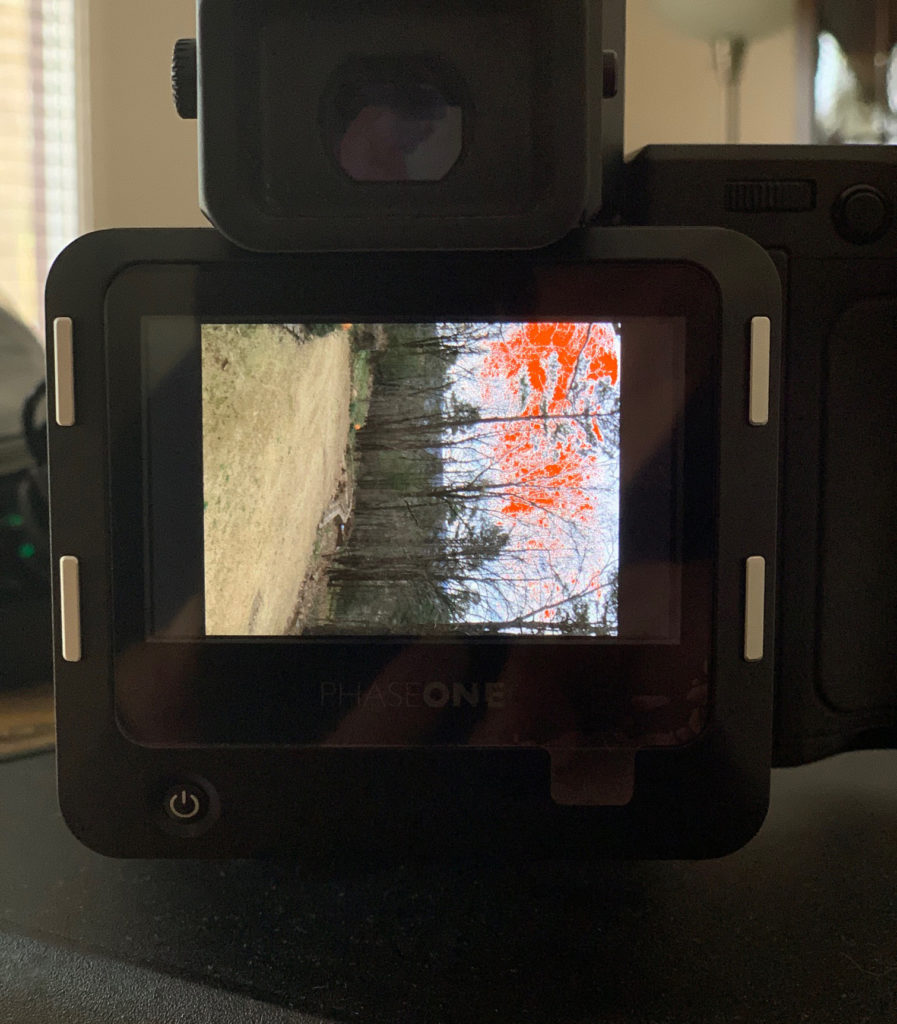
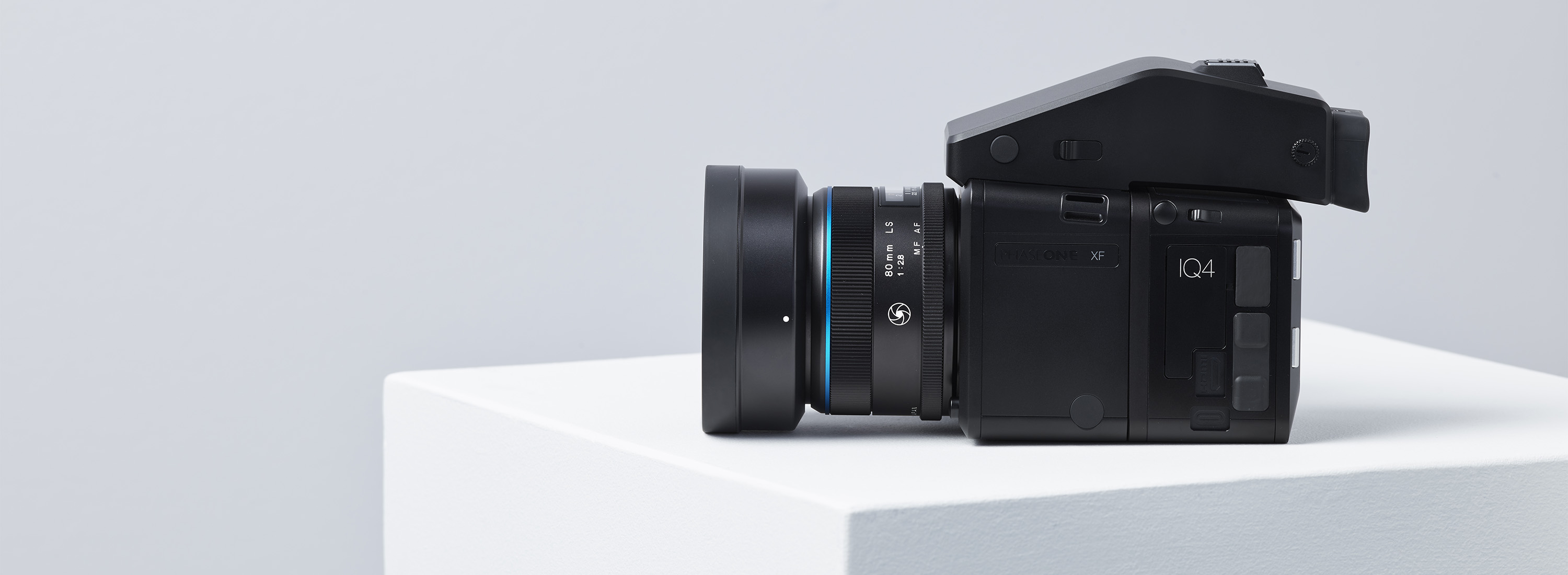


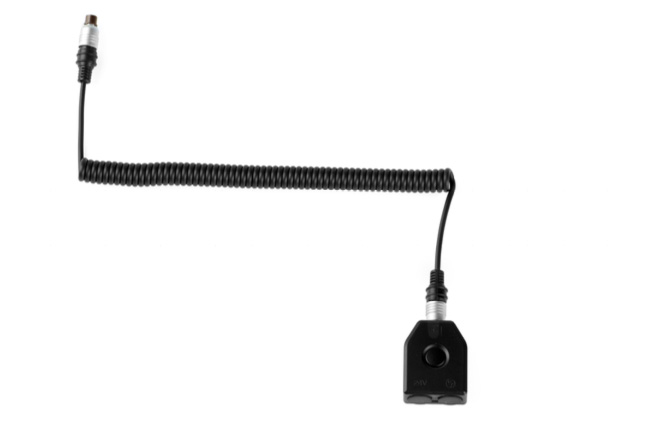
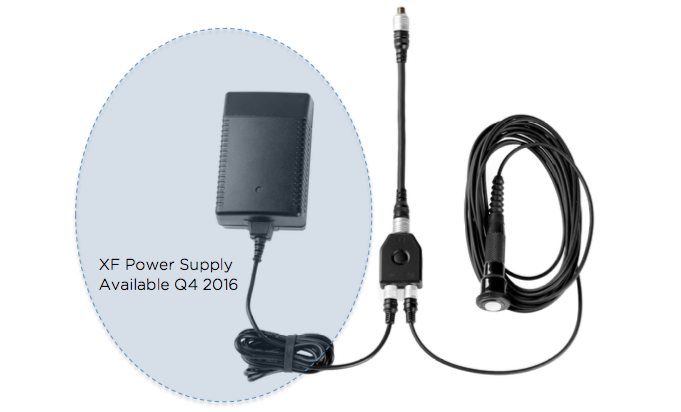
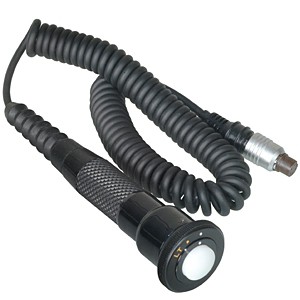
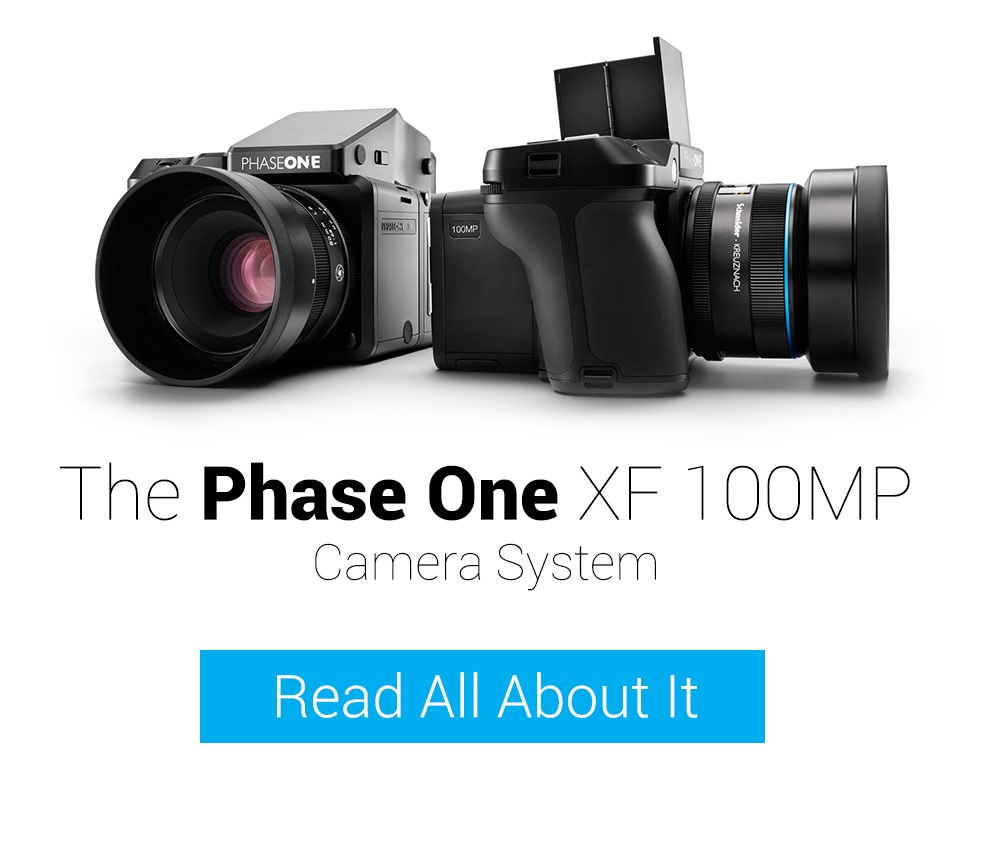
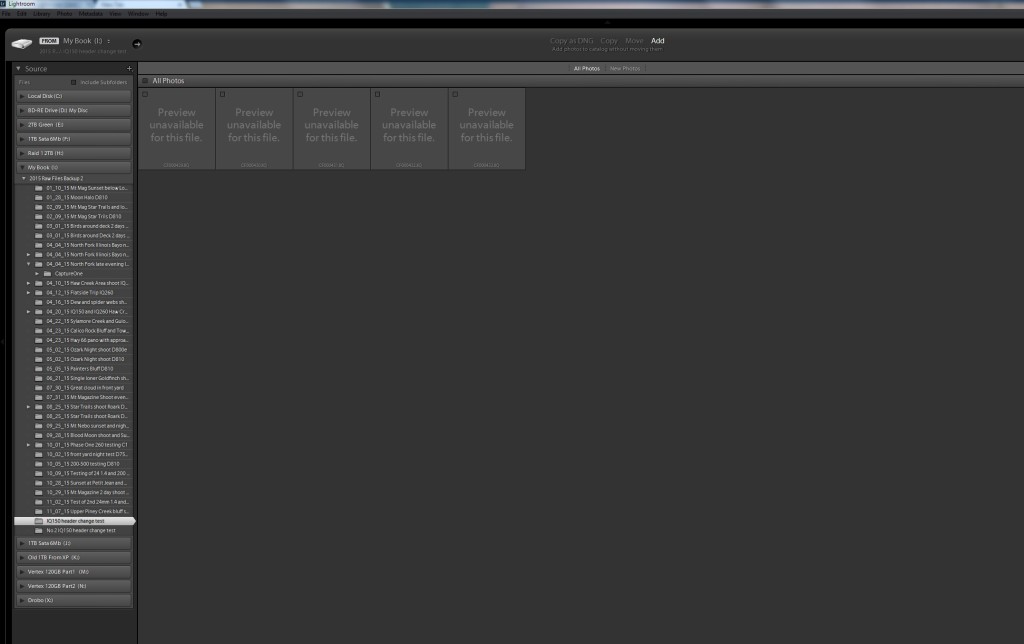
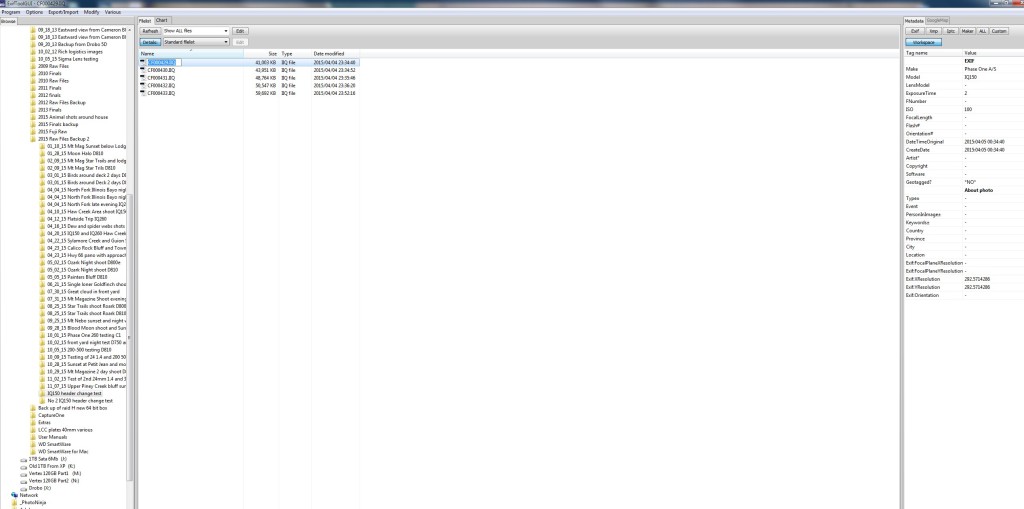

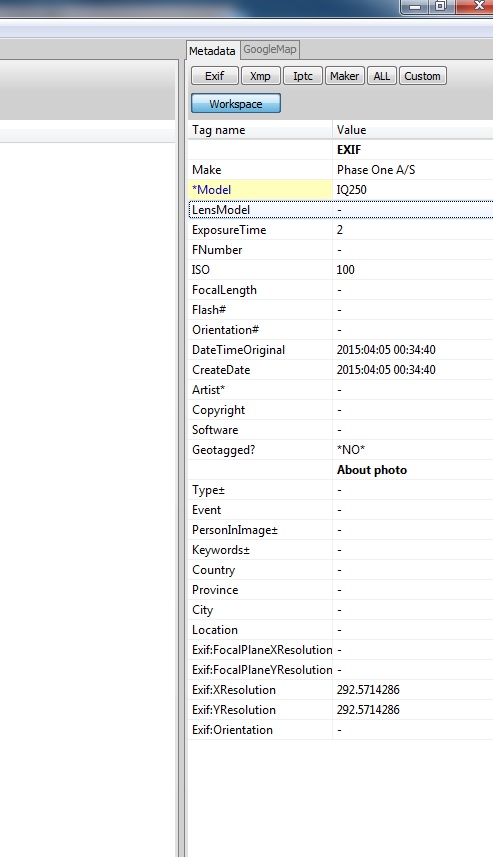
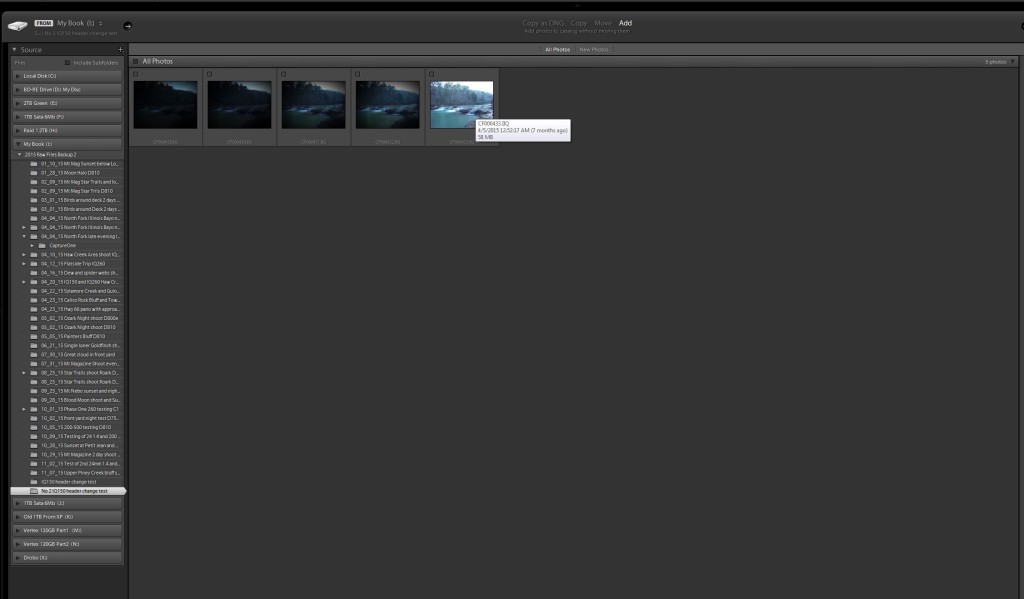


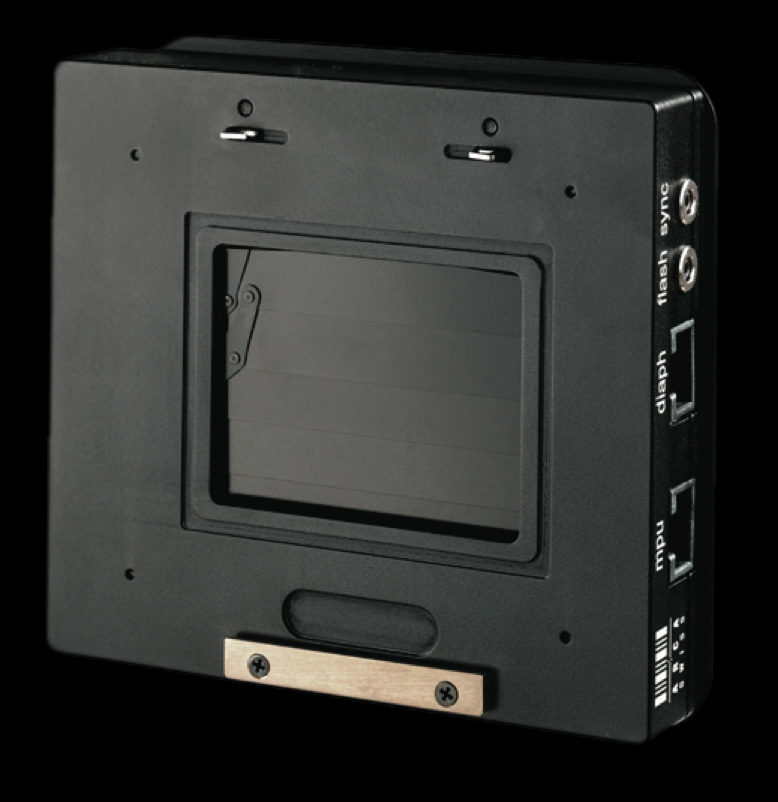


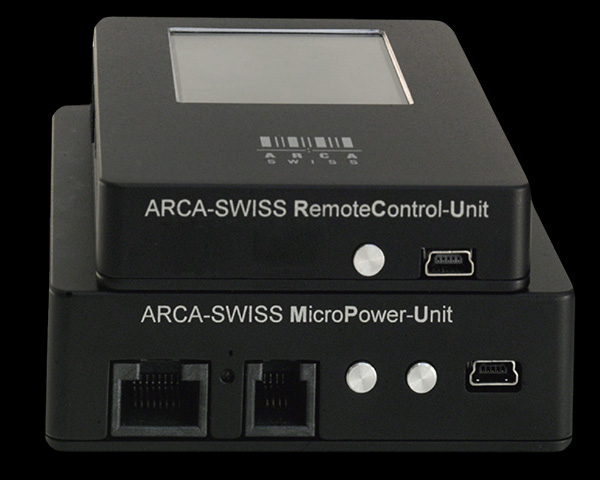

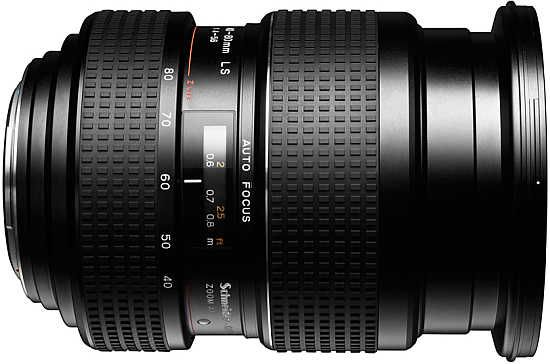

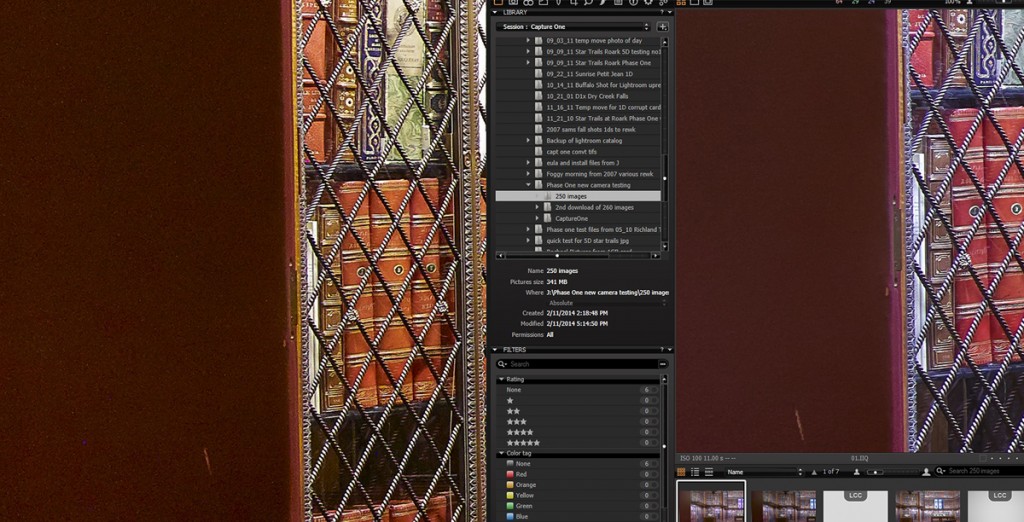
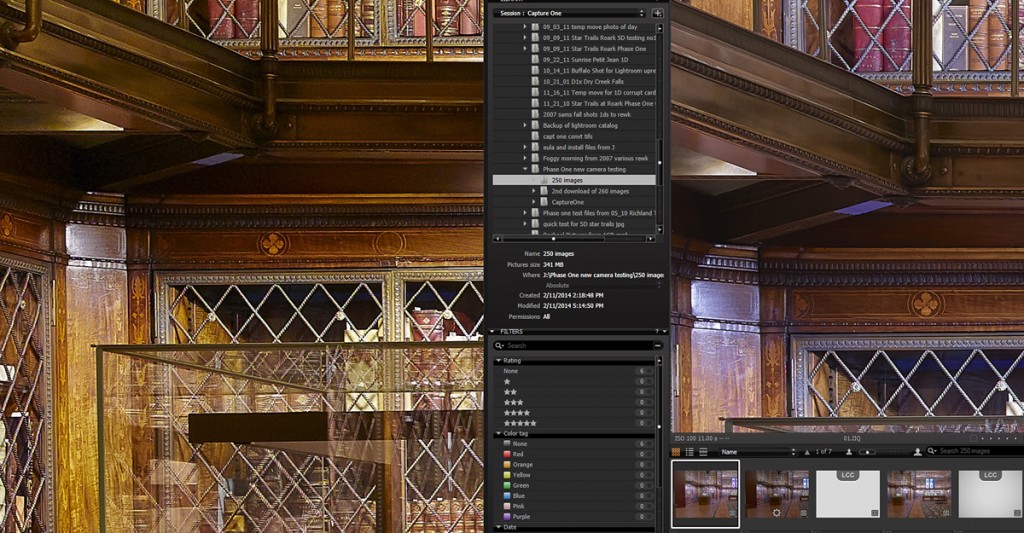
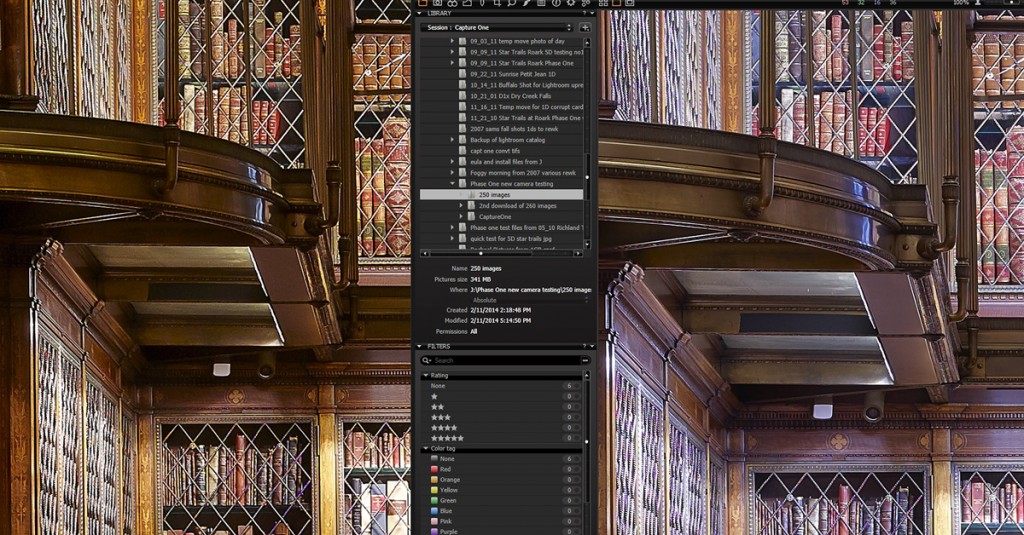
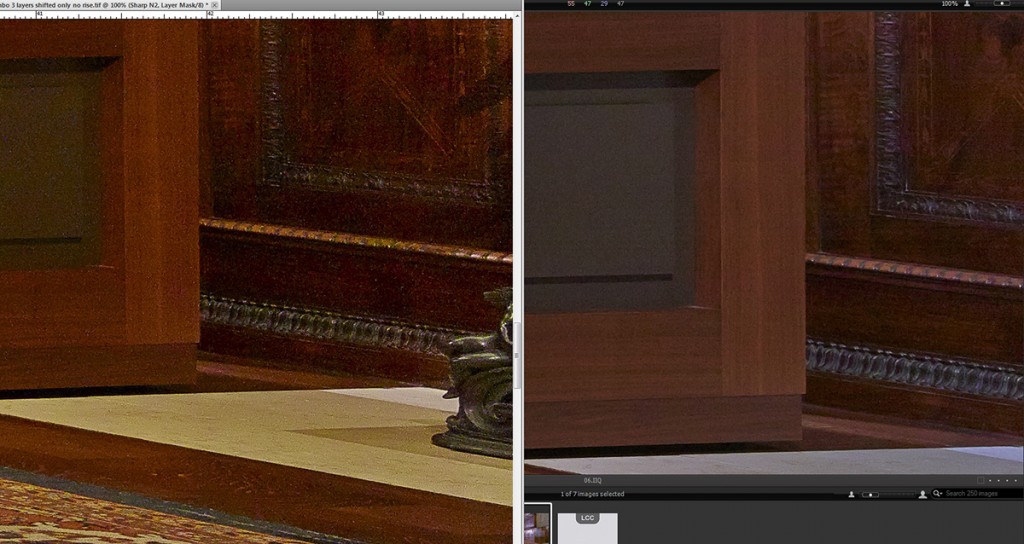
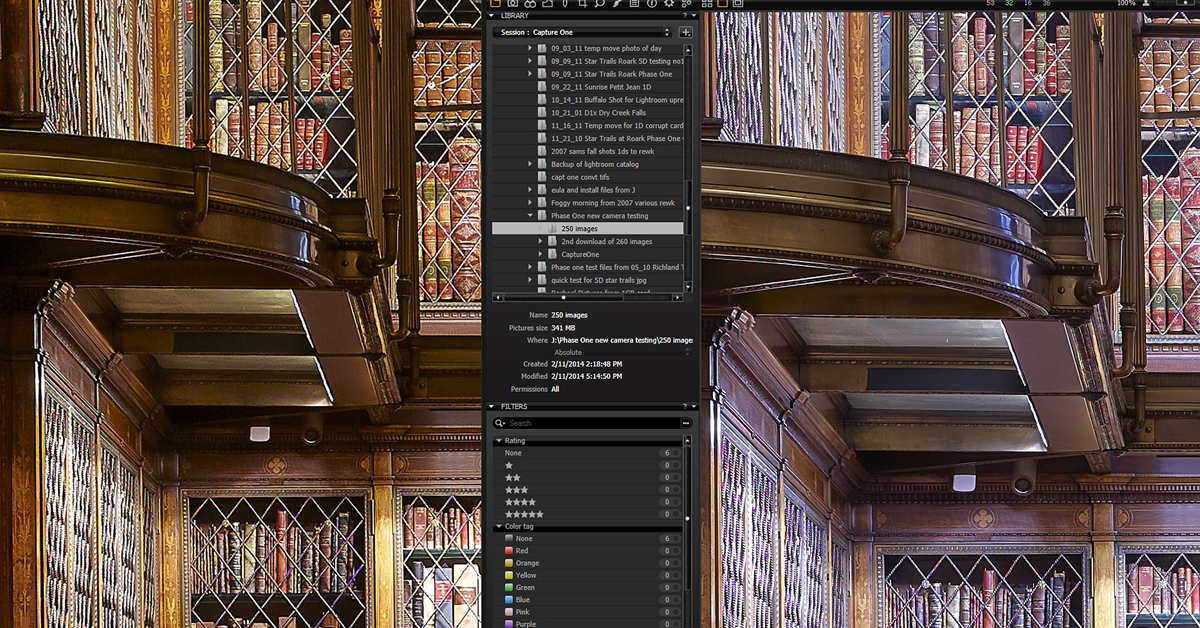

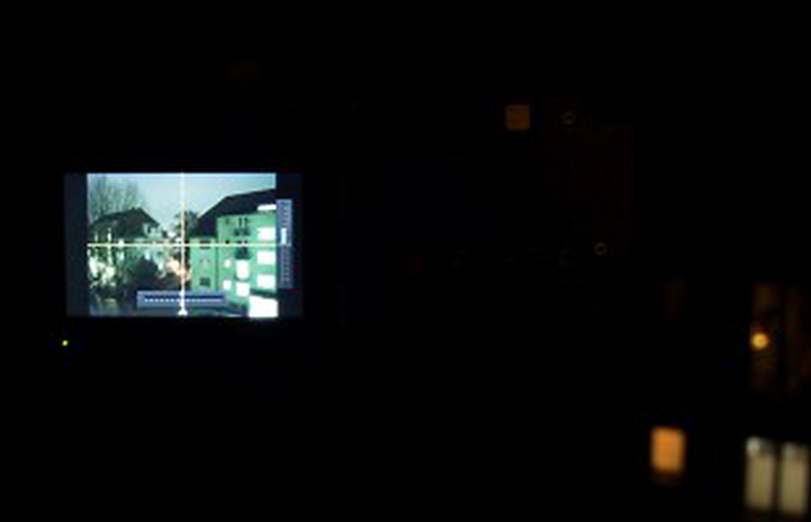
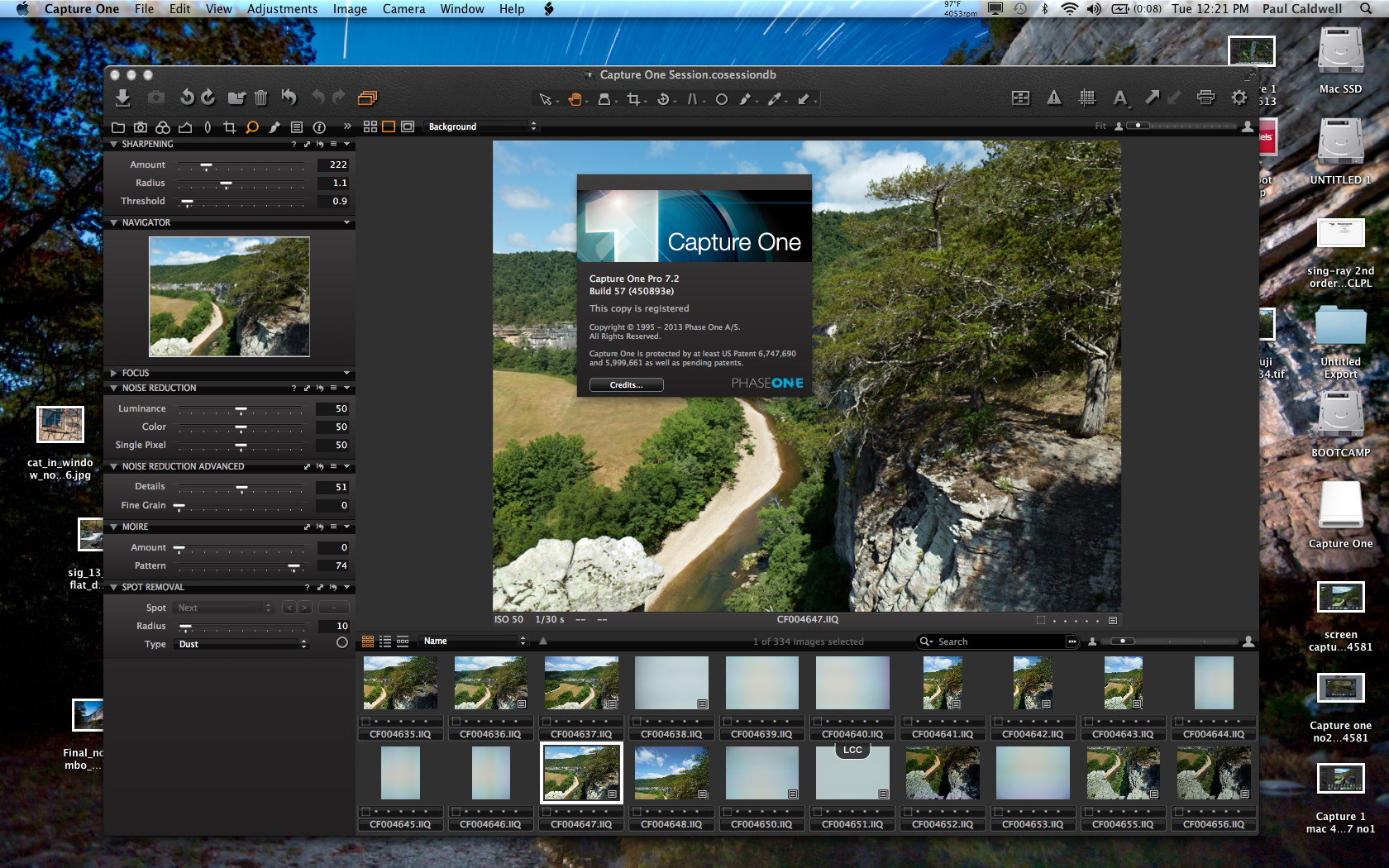



02/15/14 News from the CP+ Show in Japan–Pentax 645DII CMOS 50MP Camera
A view of the Pentax 645D 2014 from the back showing new LCD design
CP+ the Japanese eqvilent to the U.S. CES (Consumer Electronics Show) is going on through tomorrow. and one of the highlights as far as larger camera systems goes, is the information about the upcoming Pentax (now Ricoh) 645D2014. Instead of calling it the 645DII, it seems for now that the camera will be just called the 645D 2014. Interesting name indeed.
From looking at the announcement literature by Ricoh, this will be a pretty significant camera system for Medium Format users. Here are some high points that I gleaned from the overview.
Side by side shot showing the original 645D and the new 645D 2014
Pentax first shook up the Market 5 years ago, when they first started listing a new 645D Digital camera, that would be based on the Film Pentax 645II. I was originally excited by this announcement but Pentax did little more than talk about it for several years and showed mock ups. I owned several good Pentax 645 lenses, that I was using on my Canon system with a Zork adapter, so the 645D would have been a perfect fit for me. However the long delay, pushed me to the Phase One camp and I purchased the P45+.
Pentax did finally ship the 645D about 1 year later, with a similar sensor to the one in the P45+ (it’s my understanding it’s not the exact same sensor) and they brought out basically the body with no new lenses. About 1 year before the actual ship date of the 645D, Pentax had a pretty good lineup in their primes and zooms for the 645II in the FA lenses. I had both the 35mm FA (excellent) and the 55mm FA, and had been thinking about the 35mm to 55mm zoom. Since Pentax still had a manual aperture ring on all the FA lenses, you could stop them down on other camera systems, like the Canon with a Zork adapter. However by the time the 645D shipped Pentax was no longer selling the 35mm FA in the U.S. (it’s my understanding that this lens is still sold in Japan). Also there was not much of a dealer network in the U.S. so anything that involved service would be possibly a bit of an issue. All repairs were still done in Japan, and there was only a 1 year warranty. Phase One at the time had their 3 year (now 5 year) value add warranty and I found that I preferred that type of warranty, even though the cost of the 645D was much less than the P45+.
Now with the 645D 2014, Pentax is showing that they have listened to the photography market and it seems that they are bring out this new camera with some much needed refinements. For studio photographers, the lack of a tethering solution on the 645D was a big issue. I am assuming that the 645D 2014 will have tethering since it’s shipping with USB3 support. The LCD on the camera is significantly larger, has more resolution and provides more information to the photographer, not to mention it has a tilt option which allows the camera to be used at waist level (a big plus to me). The CMOS sensor should be 50MP, not a huge jump over 39MP from the first 645D, but if it’s the same sensor that’s in the Phase One IQ250 or a similar Sony design, then I think you can expect some great things from this camera. The IQ250 (see this article I wrote on the IQ250) has shown to have an amazing dynamic range and this should cross over to the 645D 2014 when it ships.
What’s key here is that Pentax ship this camera on time i.e. April of 2014. If they miss their dates and push it back then they will loose momentum and photographers will look elsewhere. I don’t think they will have any problem showing good quality images, as I don’t think this chip can take a bad picture. I also hope that Pentax steps up with their dealer support in the U.S. and possibly offers a similar program to the Phase One Value add warranty. Time will tell on this. If the price does come out at under 10K U.S, I expect that it’s possible the flood gates may be opened in the U.S. since this chip is showing to be such an excellent performer and is definitely changing the game in the world of medium format digital. One thing that Pentax does not have here in the U.S. is a strong dealer channel pushing the product to the market, and allowing demo’s for both landscape and studio shooters.
Here are two translated links that give more detailed information from the press conference at the CP+ show in Japan.
Google translation for first information from CP+ show
Google translation for Ricoh imaging new from CP+ show
I have no idea how long these links will stay up, but hopefully they are kept in good order as they contain quite a bit of details on this new exciting MF camera.